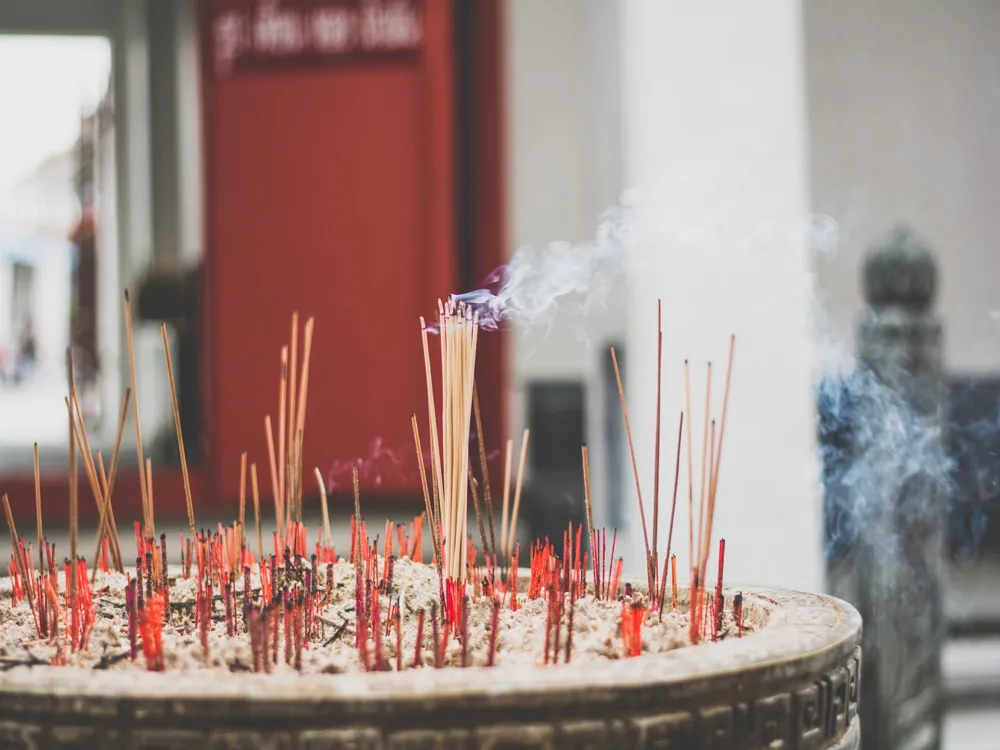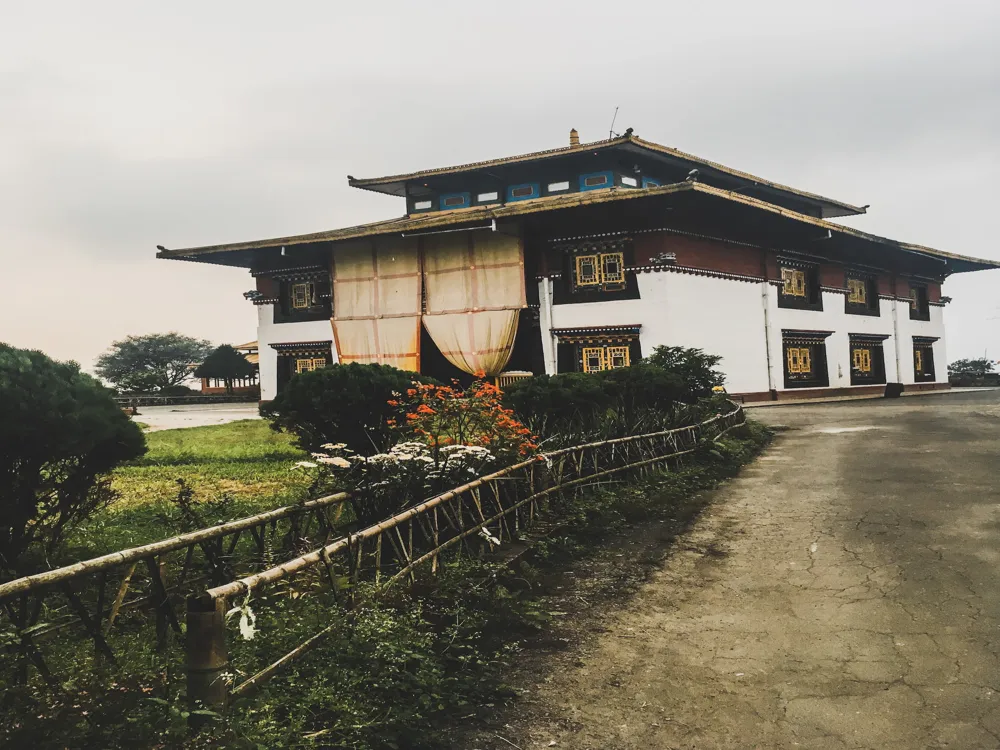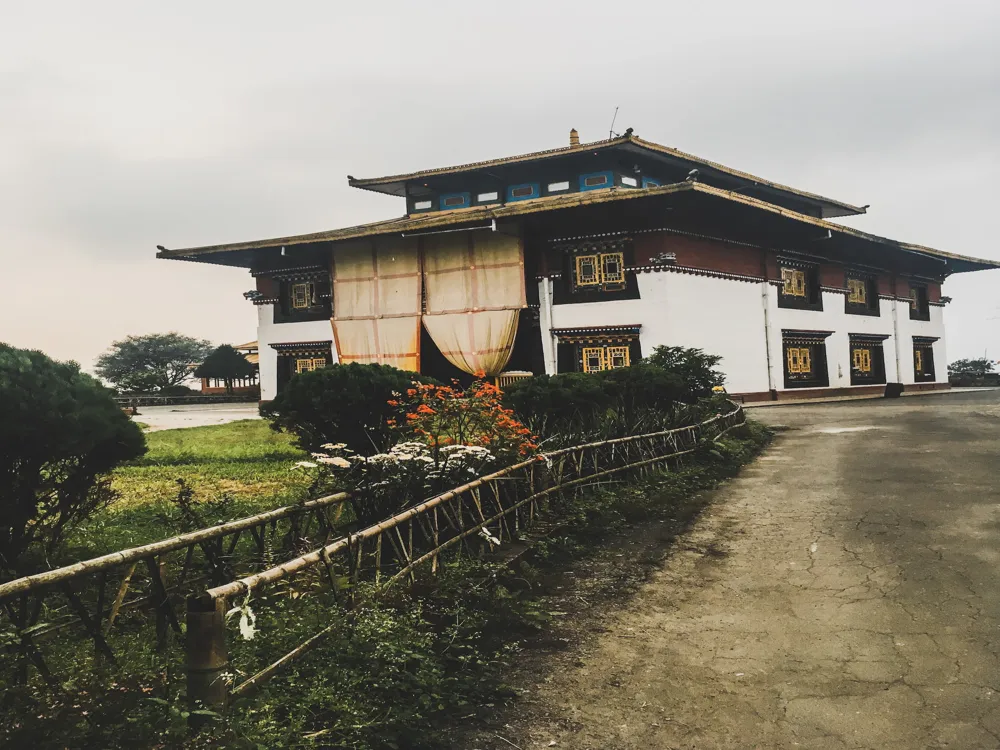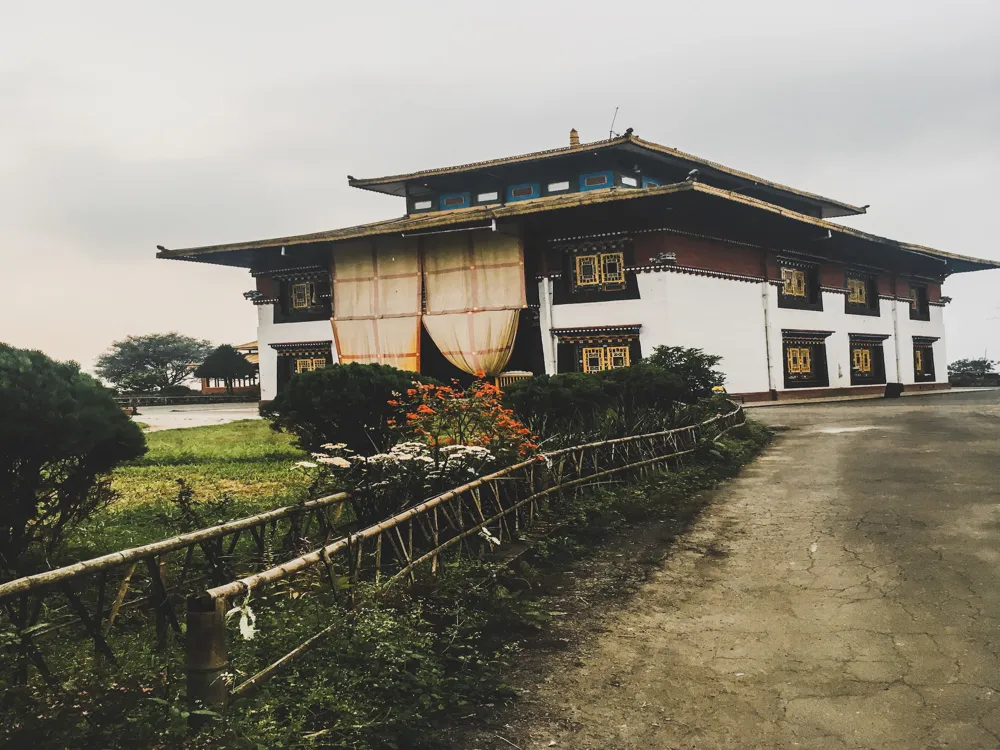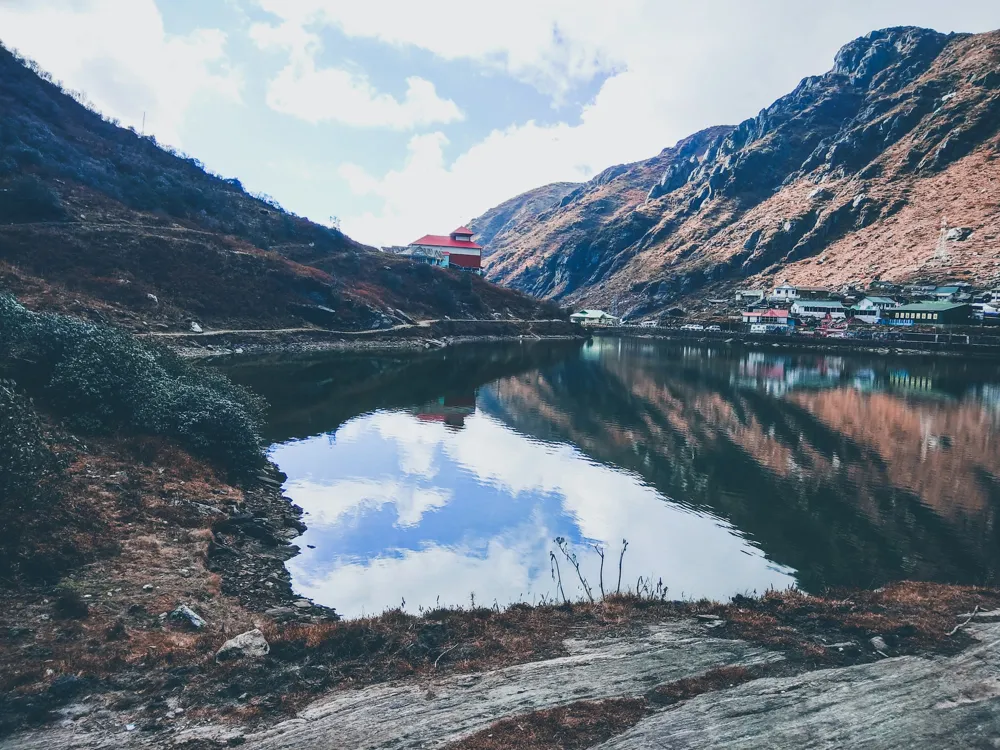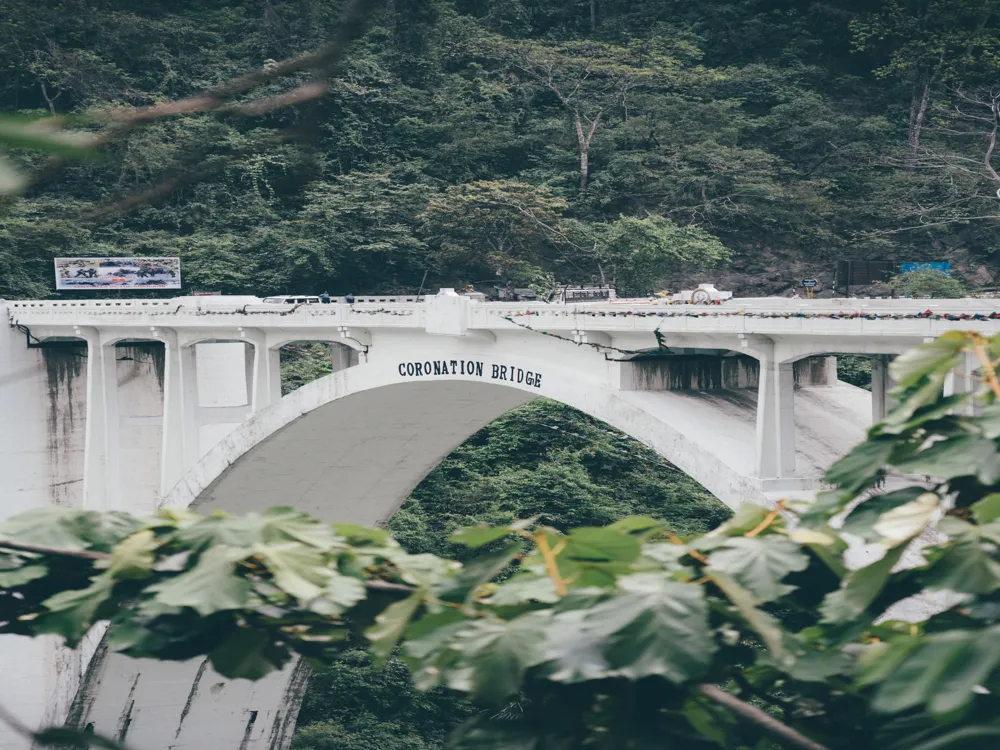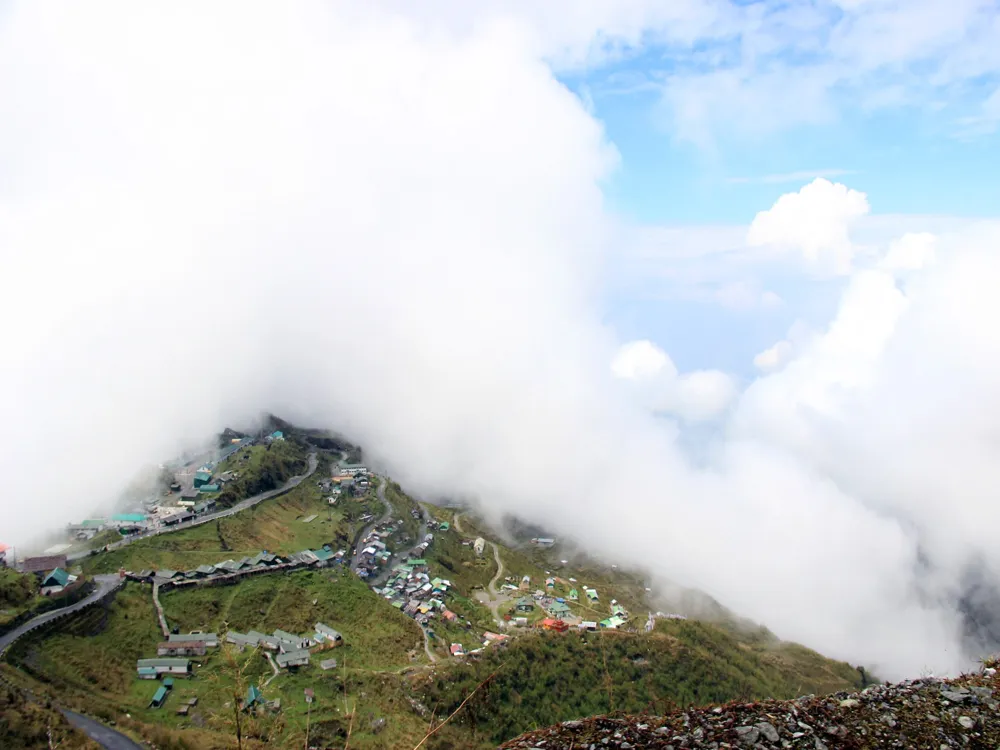Nathula Pass, a significant mountain pass in the Himalayas, connects Sikkim with China's Tibet Autonomous Region. Located at a staggering altitude of 4,310 meters, it's renowned for its picturesque landscapes and strategic importance. The pass forms part of the ancient Silk Road and is imbued with historical significance, offering a unique blend of natural beauty and cultural heritage. The architecture of Nathula Pass is characterized by its rugged military installations and infrastructure that support the challenging terrain. The area features a blend of Indian and Tibetan architectural influences, evident in the border gates and trading market. The pass is also home to war memorials and exhibits showcasing the region's historical military significance. Due to its high altitude, acclimatization is crucial. Spend a few days in Gangtok or nearby areas to adapt to the altitude before visiting Nathula Pass. Indian nationals need a permit to visit Nathula Pass, which can be obtained through registered travel agencies in Gangtok. Carry warm clothing regardless of the season, as temperatures can drop significantly, especially after sunset. Carry basic medications and be aware of symptoms of altitude sickness. Oxygen cylinders are available for emergencies. Photography is restricted in certain areas. Always ask for permission before taking photos of military installations or personnel. Nathula Pass is accessible via road from Gangtok, the capital of Sikkim. The journey typically takes around 3 to 4 hours by car. The road is steep and winding, offering breathtaking views of the Himalayan range. It's advisable to hire a vehicle with a local driver familiar with the terrain. Public transport options are limited, so arranging a private vehicle is recommended. Read MoreOverview of Nathula Pass in Gangtok, Sikkim
Architecture of Nathula Pass
Tips When Visiting Nathula Pass
Acclimatization
Permits
Clothing
Health Precautions
Photography
How To Reach Nathula Pass
Nathula Pass
Gangtok
Sikkim
₹ 9,700 onwards
View gangtok Packages
Weather :
Label : Must Visit
Tags : Hills & Valleys
Timings : Wednesday - Sunday: 8:00 AM - 3:30 PM (For Indian Nationals)
Time Required : 1 hour
Entry Fee : No entry fees, but permit is necessary
Planning a Trip? Ask Your Question
Also Refered As:
Nathu La Pass
Gangtok Travel Packages
View All Packages For Gangtok
Top Hotel Collections for Gangtok

Private Pool

Luxury Hotels

5-Star Hotels

Pet Friendly
Top Hotels Near Gangtok
Other Top Ranking Places In Gangtok
View All Places To Visit In gangtok
View gangtok Packages
Weather :
Label : Must Visit
Tags : Hills & Valleys
Timings : Wednesday - Sunday: 8:00 AM - 3:30 PM (For Indian Nationals)
Time Required : 1 hour
Entry Fee : No entry fees, but permit is necessary
Planning a Trip? Ask Your Question
Also Refered As:
Nathu La Pass
Gangtok Travel Packages
View All Packages For Gangtok
Top Hotel Collections for Gangtok

Private Pool

Luxury Hotels

5-Star Hotels

Pet Friendly







